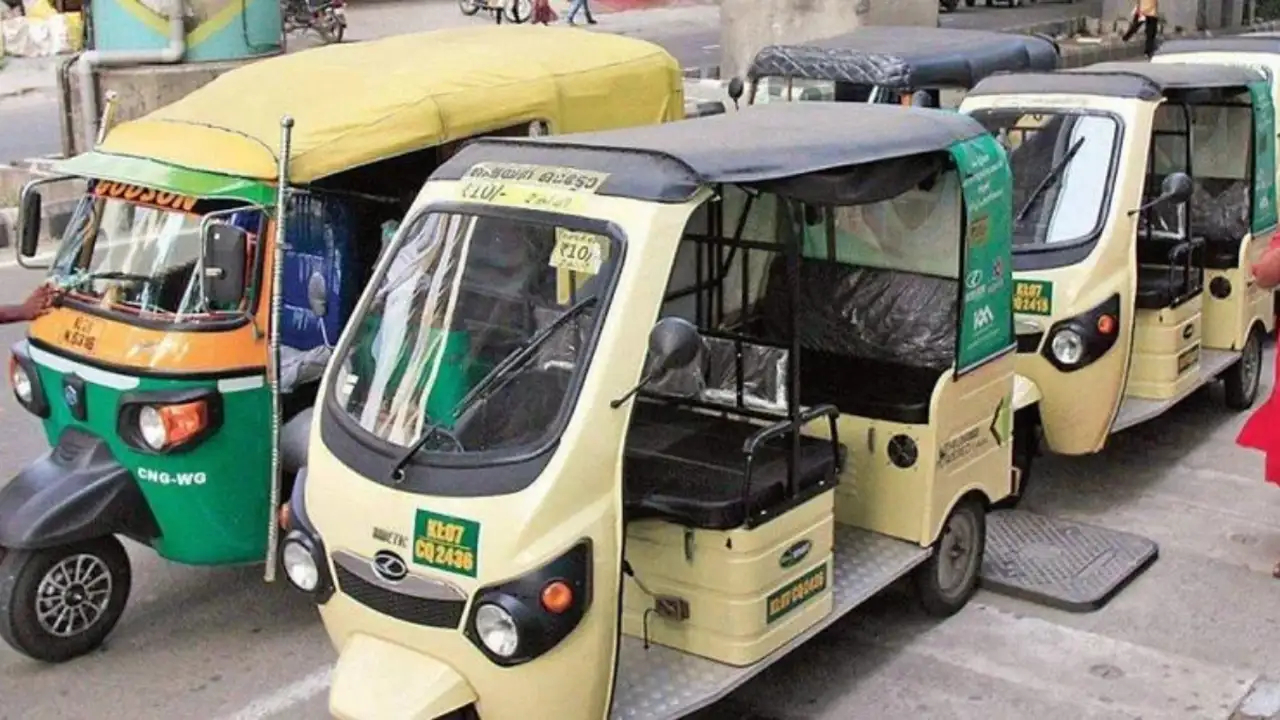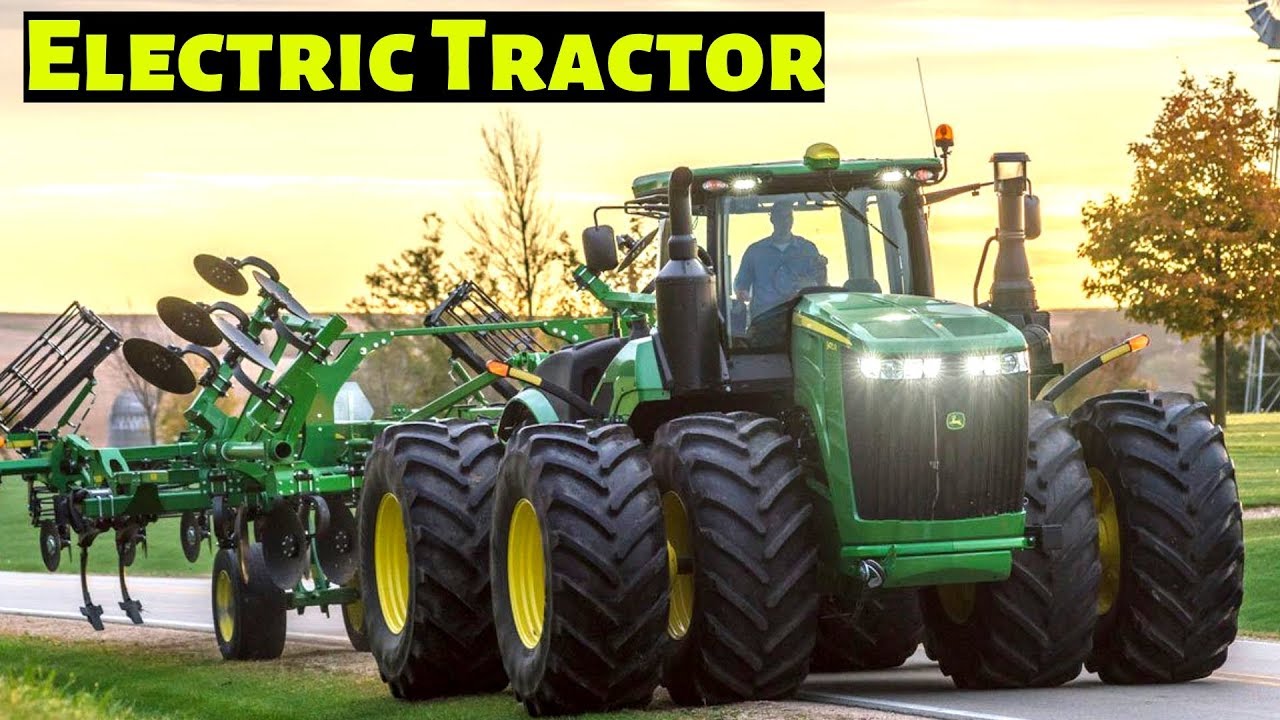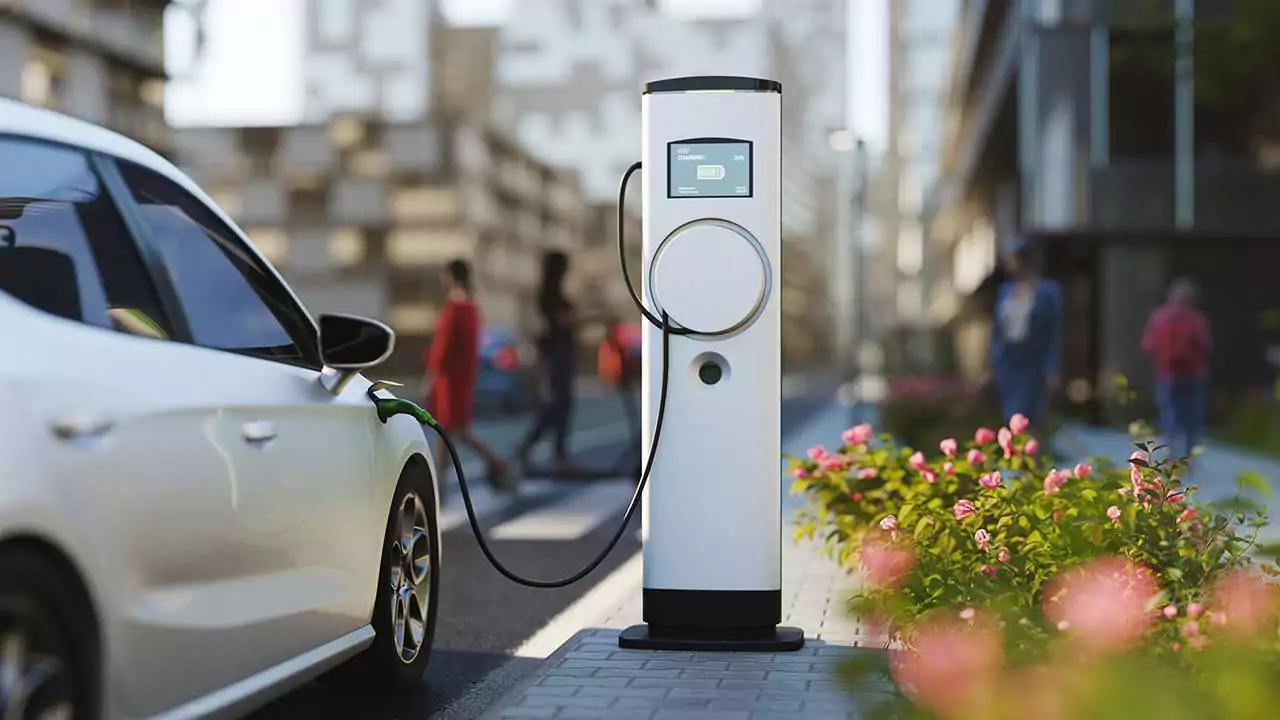How Indian Villages Are Adapting to Electric Mobility in 2025 : The time when EVs were accounted as mobile objects for the big cities is bygone. Now in 2025, Indian villages have put their bid to show that they also can embrace clean and modern transport. E-scooters, e-rickshaws, and even electric tractors–rural India is now slowly yet gradually hopping the bandwagon of electric mobility.
The transition is not merely vehicles but beautiful living, lesser expenditure, and a cleaner atmosphere. Let’s see how the villages in India adapt to electric mobility and what it spelt for the future.
Front-Line Change by E-rickshaws

In many villages, e-rickshaws replace the old diesel/petrol auto-rickshaws. They run silently and cost almost nothing, thus helping keep pollution at bay. The drivers would save on fuel costs, while the passengers would enjoy a much smoother ride. These e-rickshaws have now become a common view in most parts of the small and even remote localities, connecting villages to nearby markets and railway stations.
Also Read : Top Long-Range Electric Bikes in India – 2025 Verified List for Serious Riders
An Interest in Electric Two-Wheelers
Affordable electric scooters and bikes like Hero Electric, Ola S1 Air, TVS iCube are fast becoming the prime choice of youth from villages and students. With petrol prices rising, running costs for these EVs are pretty low. Almost every company has financing and after-sales services in place, which are good options for the rural buyer.
Electric Tractors and Farm Equipment

Electric tractors such as Sonalika and Cellestial are slowly being attempted by farmers. This keeps the operating costs low, serving small farming operations. Certain regions will install solar charging stations to underlie these tractors. This move saves cost along with clean farming propagation.
Also Read : Top 3 Upcoming Cars Under 5 Lakhs in India – Affordable and Stylish Choices for 2025
Government Support and Charging Stations
Due to schemes like FAME-II and state government subsidies, the prices of EVs have reduced. Some panchayats and NGOs in rural areas are assisting in installing local charging points, sometimes solar-powered, thereby helping locals to charge their vehicles even with erratic power supply in their area.
